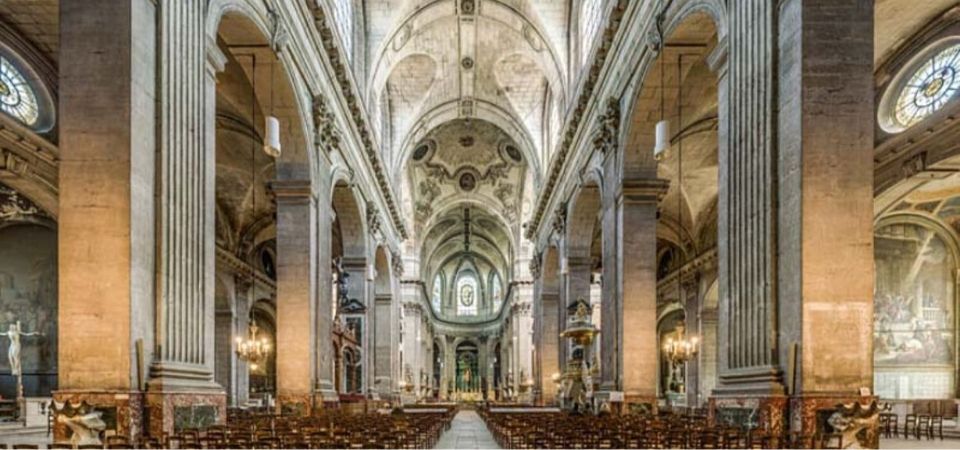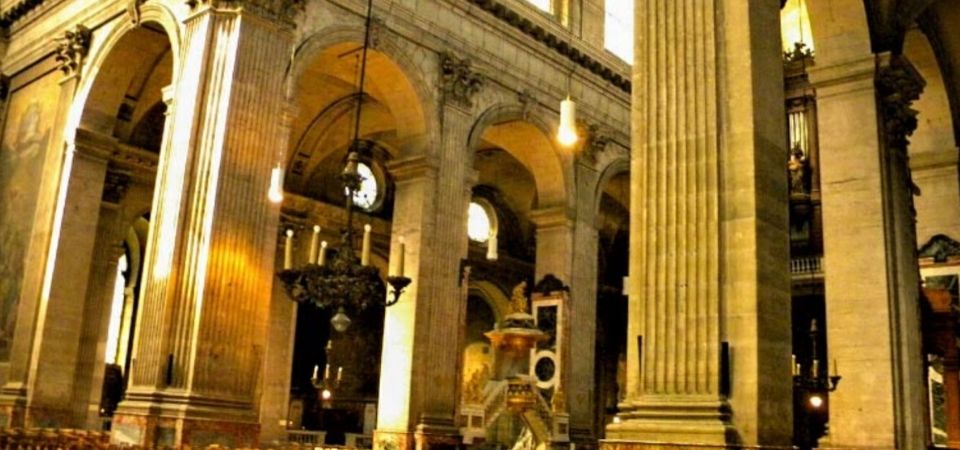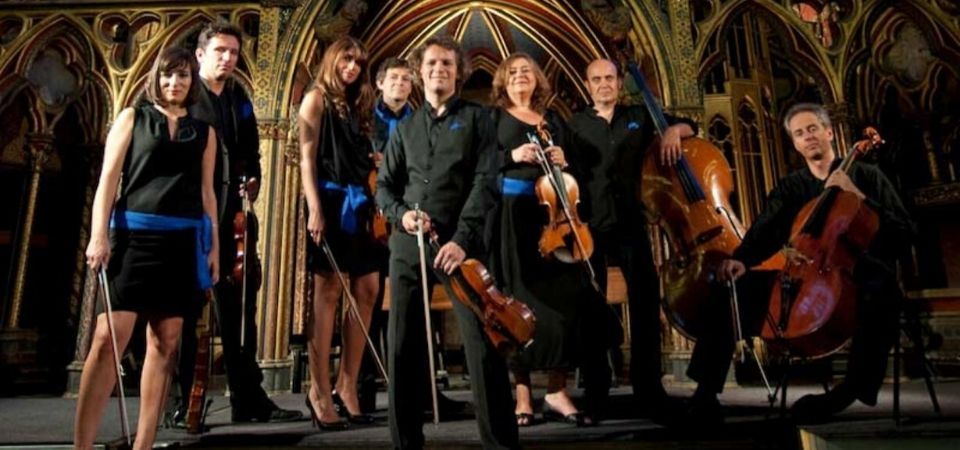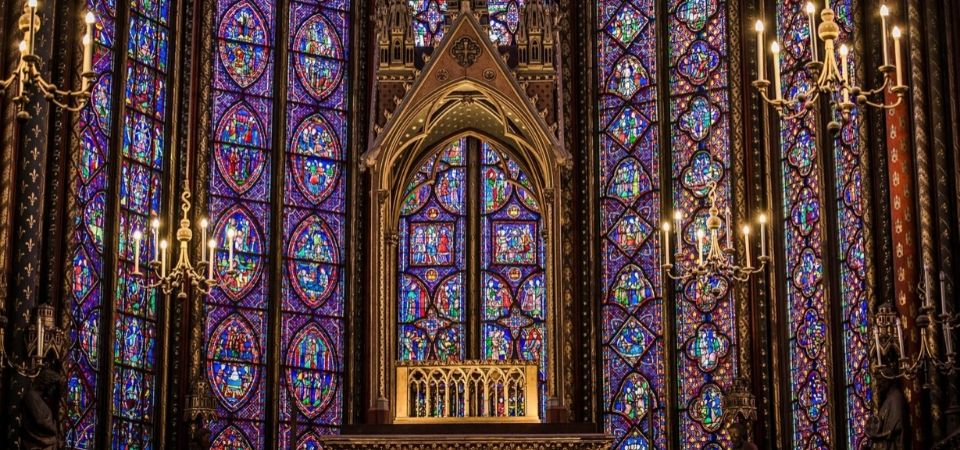- April 24, 2020
- All things Paris
- Sam Asher
Blog last updated on the 07/03/2025.
Some anthropologists believe that music was created as a social fixative: nature’s way of bringing humans together by bonding into a tighter community. The earliest instruments date back to 40,000 years ago, and today we find that music is an integral part of humanity. Throughout its existence, there seems to be a certain temporality in its form. Instruments such as flutes, horns, or drums – though design and efficiency have changed greatly – have stayed relatively the same despite their invention dating back thousands upon thousands of years. Even in our short lifetime, we experience music in trends – and one trend that caught our eye is the rise of concerts in historic churches and cathedrals.
Sounds are only as good as their surroundings. Talking to a friend indoors is much easier than outside on a windy day. This same stark comparison can be made with a normal room in an apartment compared to a cathedral with a masterful design. But how did architects who have long since passed achieve such acoustic efficiency?

Qualities of Sound
In any given church or cathedral, there are several qualities of sound at play. First, direct sound – the origin of where a sound manifests, like the strings of a violin. Second come the early reflections. Coming into your ear about a tenth of a second later, these are the sounds that bounce off surfaces where the direct sound is emitted. For example: the vibrations bouncing off the rim of a trumpet. The key player here, however, are the reverberations. These are reflected sounds off surfaces in the air around you. Depending on the room the music originates from, the reverberation can sound good or bad, giving a pleasant effect of music remaining in the air or an unpleasant effect of echoes distorting the quality of the sound.

Music in the Air
So why do the gothic churches and old cathedrals in Paris have such amazing acoustics? One reason is accredited to how architects played with surfaces. The primary material of churches and cathedrals being stone plays a large part in carrying the sound around a space. Stone walls allow for long reverberation that also gives a specific rich depth to the sound of instruments. Reflection off stone allow for audiences of over 1,000 to hear the same sound at once. Columns also aid in carrying sound gracefully through the air. A structure which can be found in almost all grandiose religious monuments in Paris such as Notre Dame or Sainte Chapelle, these structures are not only placed for decoration. Architects planned their placement in such a way that sounds bounce gracefully from one surface to another, with the goal of the sound filling the entire space and lingering in the air.

How Musicians See Architecture
If you have been to one cathedral, you have not seen them all. In Paris, each cathedral, chapel, or church is built in different styles due to the rich history Paris has experienced. Of course, sound reacts differently depending on each space. Sainte Sulpice with its Baroque style architecture may have shorter reverberations due to its many geometric surfaces. In the Saint-Germain-des-Pres church of Romanesque architecture, may have shorter reflections due to its open yet column-heavy style. Sainte Chapelle - of a French Gothic style – will most likely have that pleasing effect of music lingering in the air due to the enormity of its space. But why is this important? For the artists playing in the venues, the nature of the acoustics is of the utmost importance. Musicians must adjust to each new setting – trusting their ears and adjusting the pace and volume of the music accordingly.

Recently, several major monuments have opened their doors to classical concerts that prove to be a unique experience in the City of Lights. If you would like to put your new-found knowledge of sound and architecture to the test, we recommend attending a concert at the diverse magnificent spaces around Paris!





